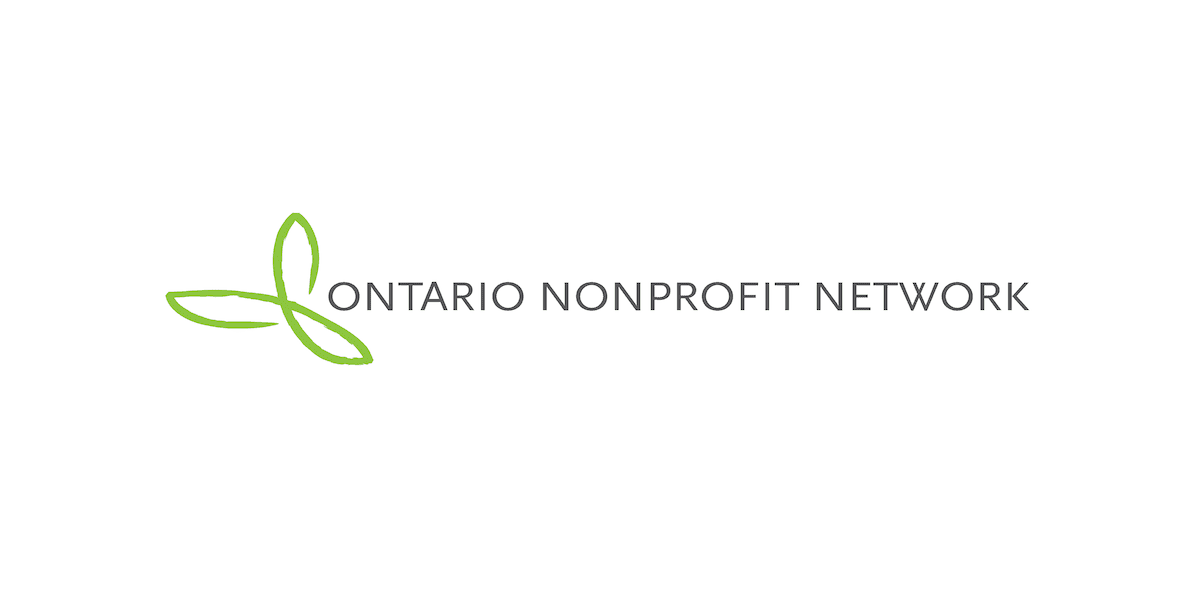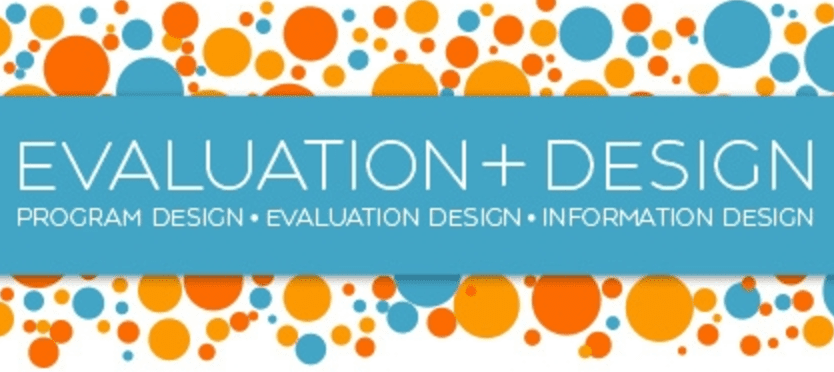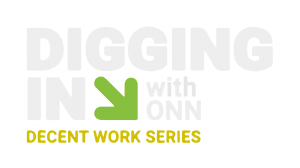Learning about Learning Organizations
By Andrew Taylor and Ben Liadsky
Andrew and Ben are working with the Wellspring Philanthropic Fund on a project to explore what it means for nonprofits and funders to have strong learning cultures and how, together, nonprofits and funders can have a relationship more focused around shared learning.
What is meant by a strong learning culture
We often think about the word learning in terms of scholarly pursuits (such as conducting formal research or attending an academic institution), personal development (such as learning a new language or how to play a new instrument), or professional development (such as taking on a new role or developing a new skill set). Yet, looking out to the nonprofit sector and thinking about the challenges public benefit nonprofit organizations strive to address (like climate change, poverty or racism), learning — and its importance to the success of organizations that take on these big challenges — necessarily means something else. In essence, this type of organizational learning requires consideration of many facets of work and interactions inside and outside of organizations.
Consider this definition from The Center for Nonprofit Excellence in the United States, which defines a learning culture in the following way:
“A learning culture exists when an organization uses reflection, feedback, and sharing of knowledge as part of its day-to-day operations. It involves continual learning from members’ experiences and applying that learning to improve. Learning cultures take organizations beyond an emphasis on program-focused outcomes to more systemic and organization wide focus on sustainability and effectiveness. It is about moving from data to information to knowledge.”
From our soon-to-be-released research, here are a few of our insights about the practices of learning organizations:
- Learning is a habit. Organizations build a focus on learning into their routine practices. They consciously invite and reward learning.
- Learning goals are clear. Organizations know what they want to learn and why that is important.
- Deep questions get asked. Organizations ask questions about their values and assumptions, not just questions about program tactics.
- The organization is ready to act on what it learns. Organizations are prepared for the implications of what they learn. They are willing and able to alter their practices.
- Learning is inclusive and engages partners. Organizations engage their external partners in the learning process.
- Leadership drives organizational learning. Executive directors, CEOs, presidents, and senior managers play an important role in leading by example and in creating space and encouraging learning in others.
At the same time, we also learned that if you ask a nonprofit leader about learning, you will undoubtedly get a wholehearted “thumbs up” in agreement about its importance. Yet, the reality is that learning is not always a priority.
As Britton (2005, 5) notes, “No-one would deny the importance of learning to our development as individuals and yet we often find it difficult to apply our understanding of learning to our work together in NGOs. In some ways the importance of learning to NGOs seems obvious and yet we are surrounded by evidence of how organisations find it difficult to translate understanding into practical action.”
In one of the few studies focused on organizational learning in nonprofits, a 2011 survey of 100 nonprofits by The Bridgespan Group echoes that sentiment, finding that only 40% believed that their processes were effective for encouraging learning.
Why is this so?
The reasons can be many. Sometimes learning can seem like a “nice to have” rather than a “necessary for the mission” kind of idea, especially when compared to the day-to-day work of staff who are involved in things like programming, service delivery, communications, and fundraising.
Moreover, organizations need to balance their desire to learn with other competing pressures, such as external pressure to achieve specific results, pressure to manage and avoid risk, or the pressure to be seen as fair, transparent, and objective. Learning also takes time, expertise, and resources. This means that planning and investment are critical. As well, learning is not a passive activity and can involve risk and uncertainty. Organizations that are undergoing transitions, have limited or uncertain funding, or have a limited capacity to change their practices may be cautious about investing in learning. It is hard to learn in isolation.
Understanding your own learning culture
Building on our research to date, we’ve designed a self-assessment tool that captures the best elements of what it means to have a strong learning culture and may be helpful as a way to identify strengths and weaknesses and opportunities for improvement. There are also many other good tools and resources that exist, which we’ve also collected and shared in the self-assessment tool pdf.
We encourage you to take this self-assessment on your own first. Then, if you feel your team is ready (keep in mind: asking questions that may require, but don’t lead to, action can do more harm than good), do it together and discuss at your next team meeting. Finally, let us know how it goes and help us to shape the next phase of our work.
Organizations that have strong learning cultures tend to have structures and processes in place designed to encourage learning as well as leaders that explicitly promote and value learning. They have a culture that values intuitive thinking, informal learning, and continuous improvement.
As we continue our work we wanted to leave you with two takeaways to keep in mind:
- Learning requires intentionality. Learning should be thoughtful and deliberate. At an organizational level, it means being conscious of what is or is not being learned, the barriers to learning, and putting in place actions or policies to better enable learning.
- Learning happens in interaction, particularly when that interaction includes people outside of one’s own team.
Self-Assessment Tool
Post-assessment survey
Andrew Taylor is the co-owner of Taylor Newberry Consulting, which specializes in developing research and evaluation solutions for public sector organizations. He is also ONN’s Resident Evaluation Expert. Ben Liadsky was ONN’s Evaluation Program Associate and project lead for the Sector Driven Evaluation Strategy from 2015 to 2017.






